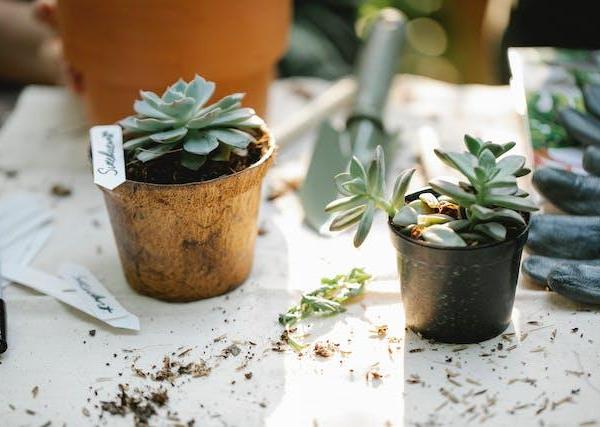Introduction
Vertical gardening is a space-saving and visually stunning technique that allows you to grow plants vertically, utilizing walls, fences, or structures. Whether you have a small balcony, limited garden space, or simply want to add a unique element to your garden, vertical gardening offers a creative and practical solution. In this guide, we will explore various techniques and plant choices for successful vertical gardening.
Trellises and Arbors
Trellises and arbors are popular structures for vertical gardening. They provide support for climbing plants, such as cucumbers, beans, or vining flowers like morning glories. Choose sturdy trellises or arbors made of materials like wood or metal, ensuring they can bear the weight of the plants. Position them strategically to maximize sunlight and airflow.Living Walls and Green Screens
Living walls or green screens are vertical structures covered with plants, creating a stunning visual display. They can be as simple as a wooden frame with pockets for plants or more complex systems with integrated irrigation. Choose plants with shallow root systems, such as ferns, succulents, or trailing vines, for living walls. Consider the sunlight and watering needs of the plants when designing your living wall.
Hanging Baskets and Pots
Hanging baskets and pots are versatile options for vertical gardening. They can be suspended from walls, fences, or overhead structures. Select plants that have trailing or cascading growth habits, such as ivy, petunias, or trailing herbs like thyme or oregano. Ensure the baskets or pots have proper drainage and choose lightweight potting soil to prevent excess weight.
Espalier
Espalier is a technique where trees or shrubs are trained to grow flat against a wall or fence. This method is ideal for fruit trees like apples, pears, or peaches, as well as ornamental shrubs. Prune and train the branches regularly to create a desired pattern. Espalier not only saves space but also adds an artistic element to your garden.Vertical Hydroponics
Vertical hydroponics is a soil-less gardening method that uses nutrient-rich water solutions to grow plants. This technique is suitable for small spaces, as it requires minimal soil and can be set up indoors or outdoors. Choose hydroponic-friendly plants like lettuce, herbs, strawberries, or cherry tomatoes. Install vertical hydroponic systems with proper lighting, irrigation, and nutrient supply.Plant Choices for Vertical Gardening
When selecting plants for vertical gardening, consider their growth habits, sunlight requirements, and space limitations. Here are some excellent choices:- Climbing vegetables: Cucumbers, beans, peas, and tomatoes (with proper support).
- Trailing flowers: Morning glories, nasturtiums, trailing petunias, or sweet potato vine.
- Vining herbs: Thyme, oregano, mint, or trailing rosemary.
- Ferns: Boston fern, maidenhair fern, or bird's nest fern.
- Succulents: String of pearls, sedums, or echeverias.
- Trailing houseplants: Pothos, philodendrons, or spider plants.
Additional Tips for Vertical Gardening
- Consider the weight-bearing capacity of your chosen structure or wall before installing any vertical gardening systems.- Provide adequate support and training for climbing plants to ensure they grow vertically and don't overwhelm other plants or structures.
- Regularly monitor and water your vertical garden, as plants in vertical systems may dry out more quickly.
- Consider the microclimate of your vertical garden, as plants closer to walls may experience different temperature and moisture levels.
- Incorporate a drip irrigation system or self-watering planters to simplify watering and ensure proper hydration for your plants.



